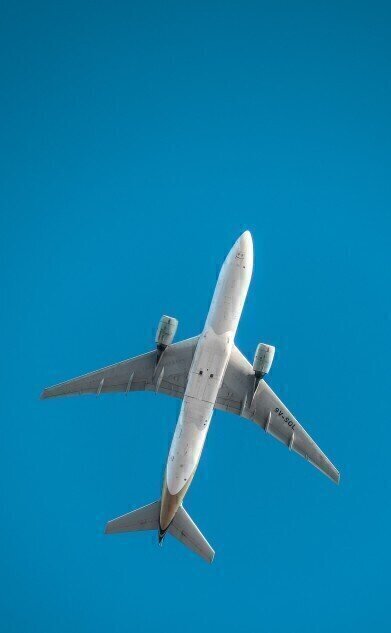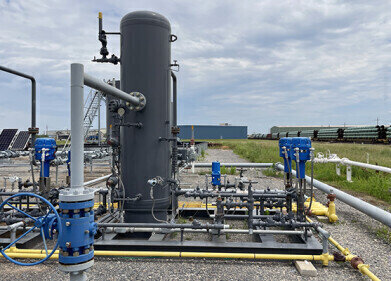Air Clean Up
Why is Air Pollution from Europe’s Planes Set to Rise by Half?
Mar 01 2016
According to a new aviation environment report conducted by the EU, harmful emissions from European aircraft is expected to rise by almost half in the coming 20 years. The gases in question are nitrogen oxides (NOx), which have more than doubled since 1990 and are predicted to undergo another 43% hike by 2035.
The rise is thought to be caused by a projected increase in the number of daily flights in the future. As demand and commerce rises, so too will the number of chartered flights – and of course, so will the pollution levels.
What is NOx?
NOx is a harmful contaminant that is caused during the combustion of certain kinds of fuel. In addition to being produced by the engines of planes, much NOx is also spouted into the air through the exhausts of passenger cars all over the world. However, it was found in 2011 that Chinese power plants emit as much NOx as all of the passenger cars everywhere – clearly, Chinese industry has a lot to work on when it comes to limiting their own harmful emissions.
Having said that, the role played by aircraft should not be understated. Over the past 10 years, the Committee for Aviation Environmental Protection (CAEP) has imposed stricter regulations on the emissions permitted on commercial flights. However, it’s feared that any potential benefits engendered by the legislation have been lost to the increase in air traffic.
“We expect that the increase in growth in the air transport sector is going to offset those technological and operational efficiencies, leading to an absolute increase in emissions,” reported the Guardian, quoting a spokesman for the European Aviation Safety Agency (EASA).
As well as being an indirect contributing factor to global warming, NOx can lead to the formulation of particulate matter 2.5, deemed to be one of the most harmful contaminants to human health. The Department for Environment, Food, and Rural Affairs estimates that 29,000 British citizens die every year from PM inhalation, while around 23,500 are killed prematurely by NOx annually as well. With such pollution set to increase significantly in the coming years, residents (especially those in the vicinity of an airport such as Heathrow) have a right to be concerned.
What is to be Done?
Campaigners are calling for the CAEP to tighten restrictions of emissions allowances even further in the future. This, they argue, would not only encourage aeroplane manufacturers to pursue more environmentally-friendly and efficient designs in their engines, but it would also improve the immediate quality of air for those living in affected areas.
“The doubling of NOx emissions from aviation since 1990 is having a huge impact on our health and climate,” commented Andrew Murphy, who is the designated aviation officer for Transport and Environment. “EU and international policies need to be urgently strengthened to reverse this trend, and that must include tighter emissions standards.”
Elsewhere, we can all do our own part to improve air quality and reduce transport-related pollution. This could include steps as simple as switching to more environmentally-friendly fuel, driving sensibly and taking public transport or cycling or walking when possible. Though these seem like small and futile measures, collectively they can make a great difference to our air and to the air our children will breathe.
Events
Apr 22 2024 Hannover, Germany
Apr 23 2024 Kuala Lumpur, Malaysia
Apr 24 2024 Sao Paulo, Brasil
May 05 2024 Seville, Spain
May 13 2024 Munich, Germany














